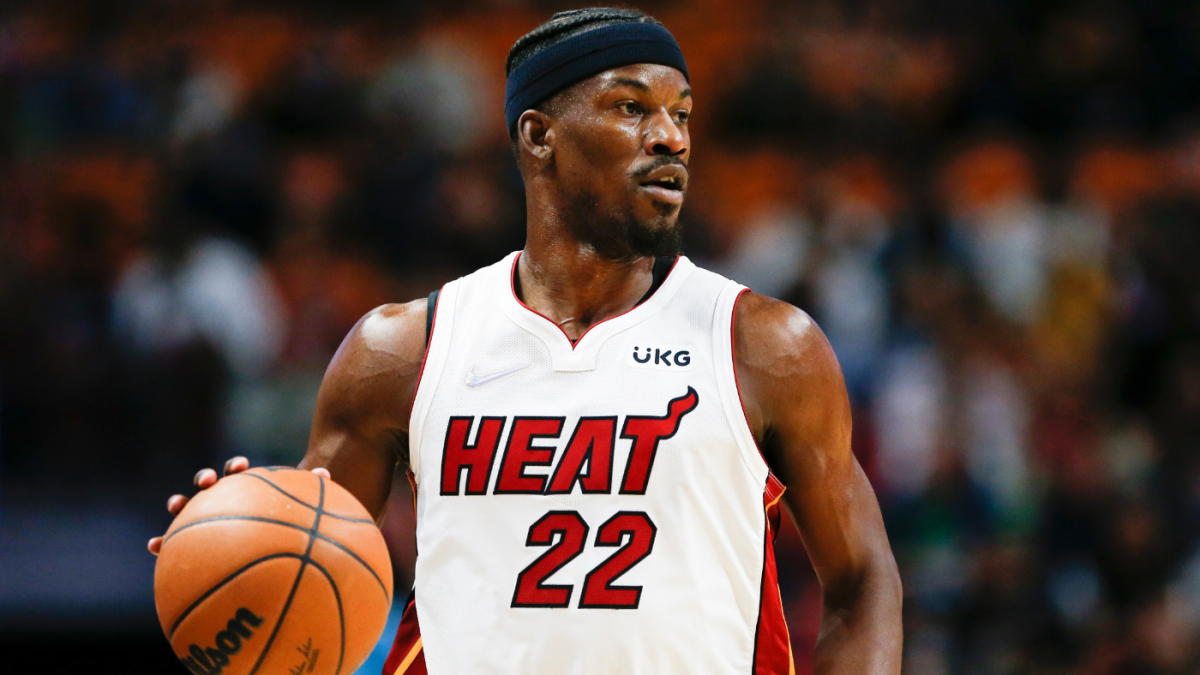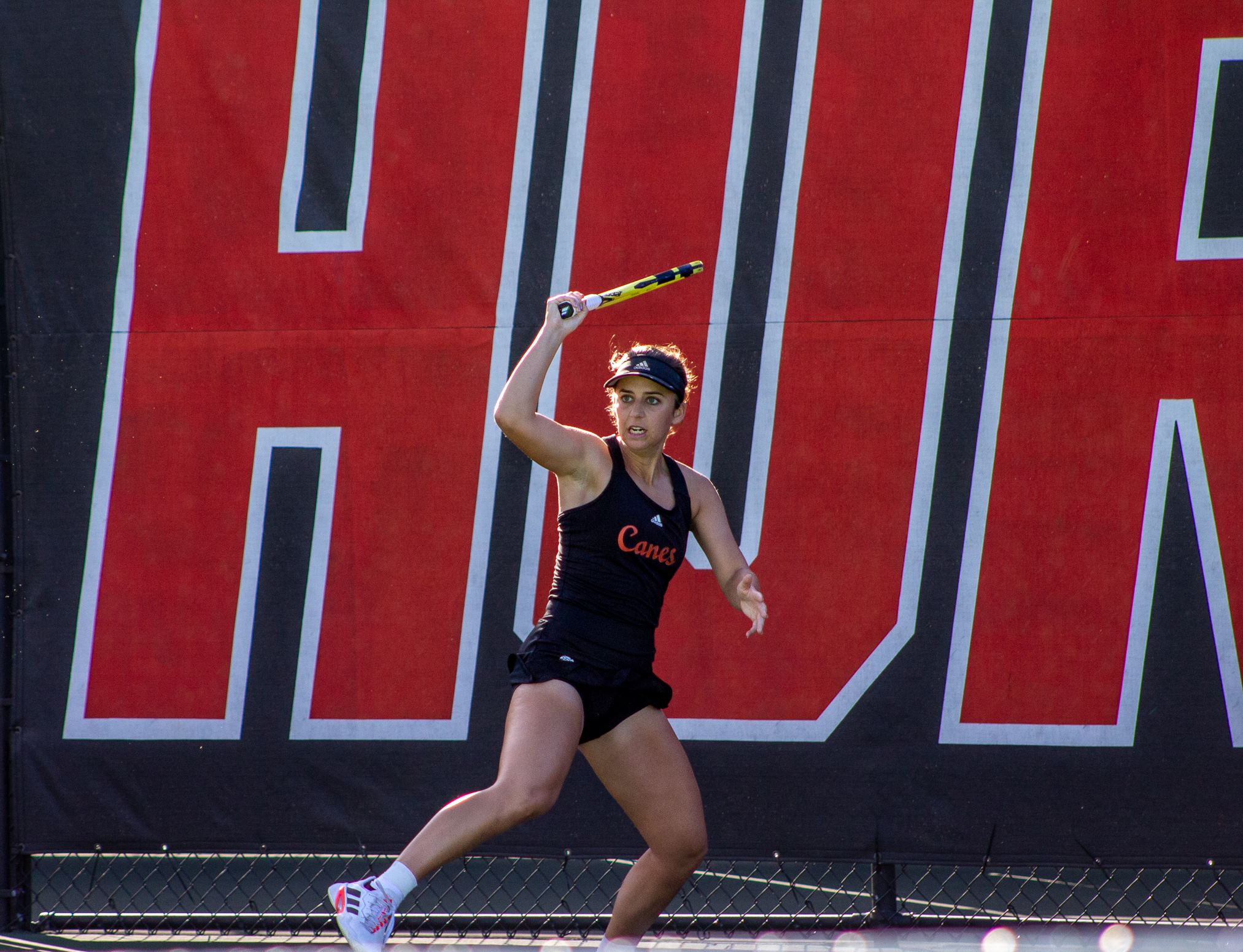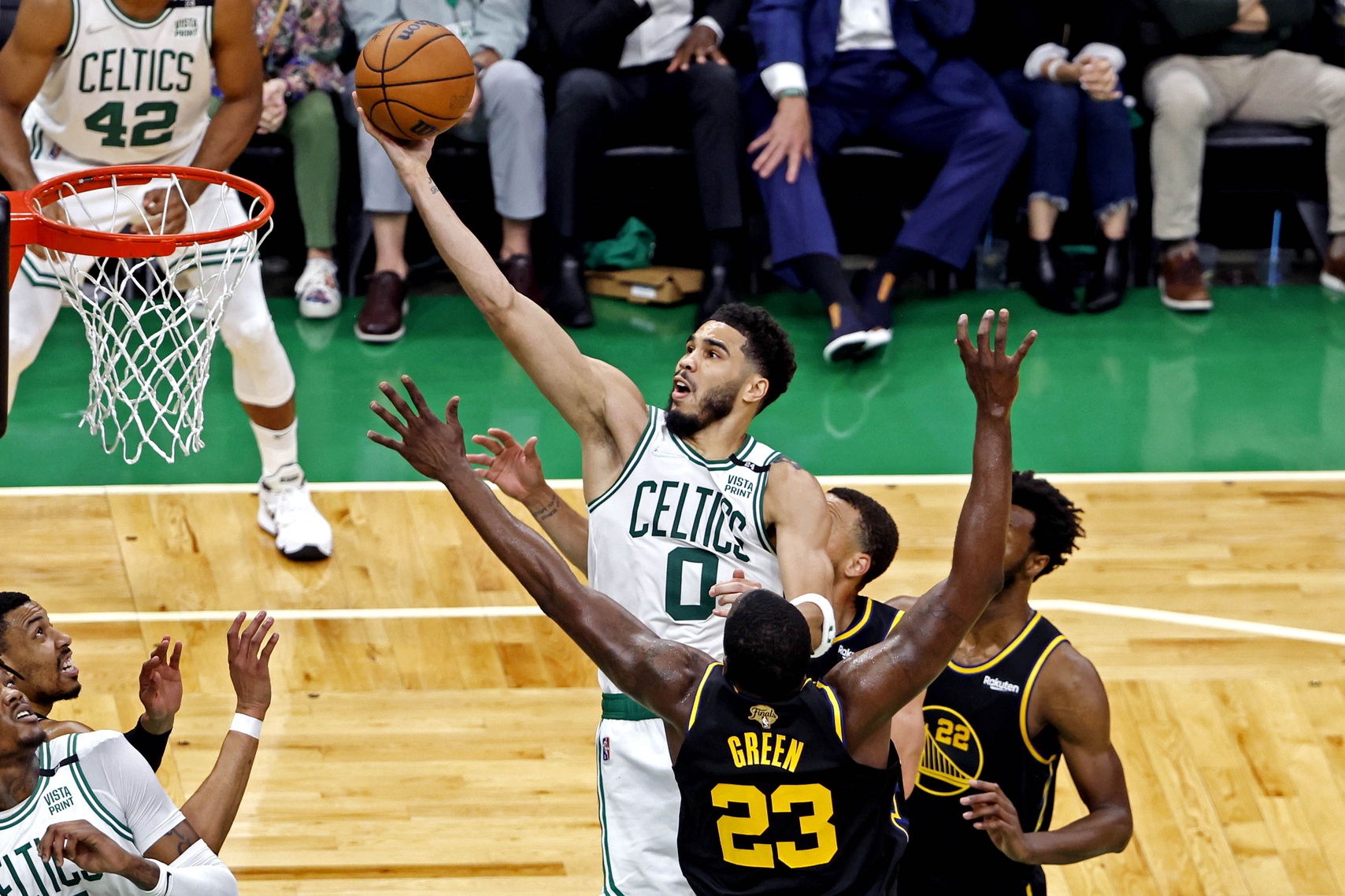Why Miami Heat are a sleeping giant with every marker of a top-shelf title contender

After his Miami Heat fell to the 76ers last Saturday in a game in which they shot just 25 percent from 3 — a stark departure from the red-hot shooting that helped carry them through Bam Adebayo’s near seven-week absence — coach Erik Spoelstra said he actually enjoys the games that don’t follow a blueprint, that force you to find “a different solution” and “different ways to win.”
If this is true, then Spoelstra must be loving the heck out of this season. Entering play on Friday, the Heat, despite being forced to play more un-drafted players than any other team this season — are tied with Chicago atop the Eastern Conference, and Spoelstra has gotten them to this point by shuffling his lineups and rotations on an almost nightly basis.
It’s not how it was supposed to go. Coming into the season, depth was thought to be a sore spot for Miami, which was seemingly set to rely heavily on the Jimmy Butler-Kyle Lowry-Adebayo triumvirate while hoping for a big season from Tyler Herro. They have gotten the latter from Herro, but Butler and Adebayo have combined to miss 42 games while the three stars have suited up on the same night just 14 times.
On the fly and in varying capacities, Spoelstra has turned to the no-name likes of Max Strus, Gabe Vincent, rookie Omer Yurtseven and Caleb Martin, and every one of them has come up aces. Suddenly the Heat, who’ve managed to go 14-8 without Adebayo and 11-4 without Adebayo and Butler, look like a team that can, and very well might, go 10 deep in a playoff series. And now the horses are getting healthy.
Still, nobody’s really talking about them.
Right now, the Bulls and Cavs are everyone’s favorite surprise stories. The Nets are a walking headline. The Bucks are the defending champs. The Sixers couldn’t fly under the radar if they wanted to with all the Ben Simmons drama. The Warriors, though in a funk of late, have the Splash Brothers back. The Lakers are the talk of the league, if for all the wrong reasons.
All the while, it’s the Heat who quietly boast all the markers of championship contention as one of just two teams — with the other being Phoenix, which owns the best record in the league — to boast a top-seven offensive, defensive and net rating. They have 13 clutch wins (a top-five mark), 14 road wins (second-most in the conference) and a league-high 15 wins over .500-or-better teams.
You aren’t going to find many, if any, holes in Miami’s profile just as you won’t find many on its roster. On this team, everyone does everything. Pretty much every player Spoelstra puts on the floor can at least functionally shoot, pass, dribble and defend, and most of them do it all on a high level.
And they do everything at full speed. That’s something that really stands out watching them. They’re not going through the motions out there. They’re not a team that runs in a traditional sense, but don’t mistake that for a methodical pace. The Heat apply constant pressure on defenses by cutting hard, coming around screens and handoffs hard, driving and kicking and picking and rolling until a good shot becomes a great one. Exhibit A:
Pay no mind to the missed shot. That’s a top-shelf look. That shot is how the Heat led the league with 15.2 made 3-pointers per game, on a 40-percent clip, during Adebayo’s absence. What you should pay attention to is the pass that started the sequence: Duncan Robinson drawing two defenders before finding Adebayo rolling deep into the lane. Once that initial breach is made, the Blazers are on the run, and from that point, Miami owns the possession.
Miami is such an impressive passing team. They create 66.9 points per game via assists, the sixth-best mark in the league. They’re top 10 in passes per game, assists and secondary assists. But so often it’s that first pass, the one that doesn’t always show up on a stat sheet but punctures the defense so deeply that its collapse becomes inevitable.
Here’s Vincent finding a hard-cutting Strus to get this possession rolling.
Again, disregard the miss from Kyle Guy, a 10-day contract turned two-way player who can also, you guessed it, shoot, pass and dribble (Guy is an NBA player and will eventually stick somewhere). Also, that kick-out pass from Strus off the cut was elite. That ball had barely been on his fingertips before he was rerouting it and avoiding a charge all at the same time.
There are teams that make a lot of passes and there are teams that do a lot with the passes they make, and Miami does both. They threaten you with their passes, each one moving you a little more out of position like a surgical tennis player setting you up for a kill shot.
For the Heat, that’s often a 3-pointer. They make 13.4 of them per game (sixth-best in the league) at a 37.4-percent-clip (tied with Atlanta for No. 2 in the league), and few are of the self-created variety. They’re the culmination of possessions like the ones above. Miami’s 31.4 catch-and-shoot points per game ranks third league-wide.
It makes for an interesting contrast, this team that benefits so greatly from the power of 3-pointers on offense is also willing to surrender so many of them to its opponents. Defensively, 43.3 percent of the shots Miami gives up are 3s, the highest mark in the league per Cleaning the Glass.
The Heat prioritize protecting the paint, in part by having their big, strong wings like Tucker and Butler dig down on drivers and swarming to the ball the closer it gets to the basket, and it works: Miami gives up just 14.8 points per game inside five feet, the fewest in the league.
But don’t let that number, or the high volume of 3s they allow, trick you into believing they just let teams cast away with free rein. Miami plays defense with the same pace, force and multiple efforts that define its offense. When those wings dig down, they also recover and rotate hard out to the temporarily vacated shooters. They might invite you to shoot a lot of 3s, but they also strongly contest the vast majority of them.
In the clip below, Fred VanVleet crosses over Strus to gain a step of downhill leverage and breach the paint. With interior protection being Miami’s priority, Tucker slides down to cut VanVleet off, then when the pass goes to corner he flies right back out to contest Scottie Barnes’ shot.
Here Miami cuts off Philly’s first couple actions (see Yurtseven jumping out to 30 feet on Seth Curry before racing back into position), then when Tobias Harris finally gets a slight angle to the rim, Strus slides into position to take a charge knowing that Butler is going to rotate to his shooter in the corner.
Every opposing coach that comes through Miami talks about what a tough team the Heat are to play, and this is why. They make you work for everything, on both ends. They’re in the right places at the right times and they go hard.
Please check the opt-in box to acknowledge that you would like to subscribe.
Thanks for signing up!
Keep an eye on your inbox.
Sorry!
There was an error processing your subscription.
But it’s more than that. The romance of effort and focus only goes so far; the Heat are stacked, and they are perfectly constructed for the postseason with shooters, playmakers and versatile defenders everywhere, including a big in Adebayo who cannot be played off the floor under any circumstances and is one of the most capable Giannis Antetokounmpo defenders, to whatever extent that exists, in the league.
The Heat are deep and have two elite end-of-game creators in Butler and Lowry. They have a certified killer off the bench in Herro, who hunts his shots with a confidence and capability that belies a 22-year-old in just his third season. They have a championship coach.
So, why isn’t anyone talking about this team? Perhaps toughness doesn’t translate to television. Maybe their stars aren’t of the most glamorous cut. All I know is the Heat are a sleeping giant that absolutely nobody is going to want to play come April, May and, if they stay healthy, quite possibly June.


